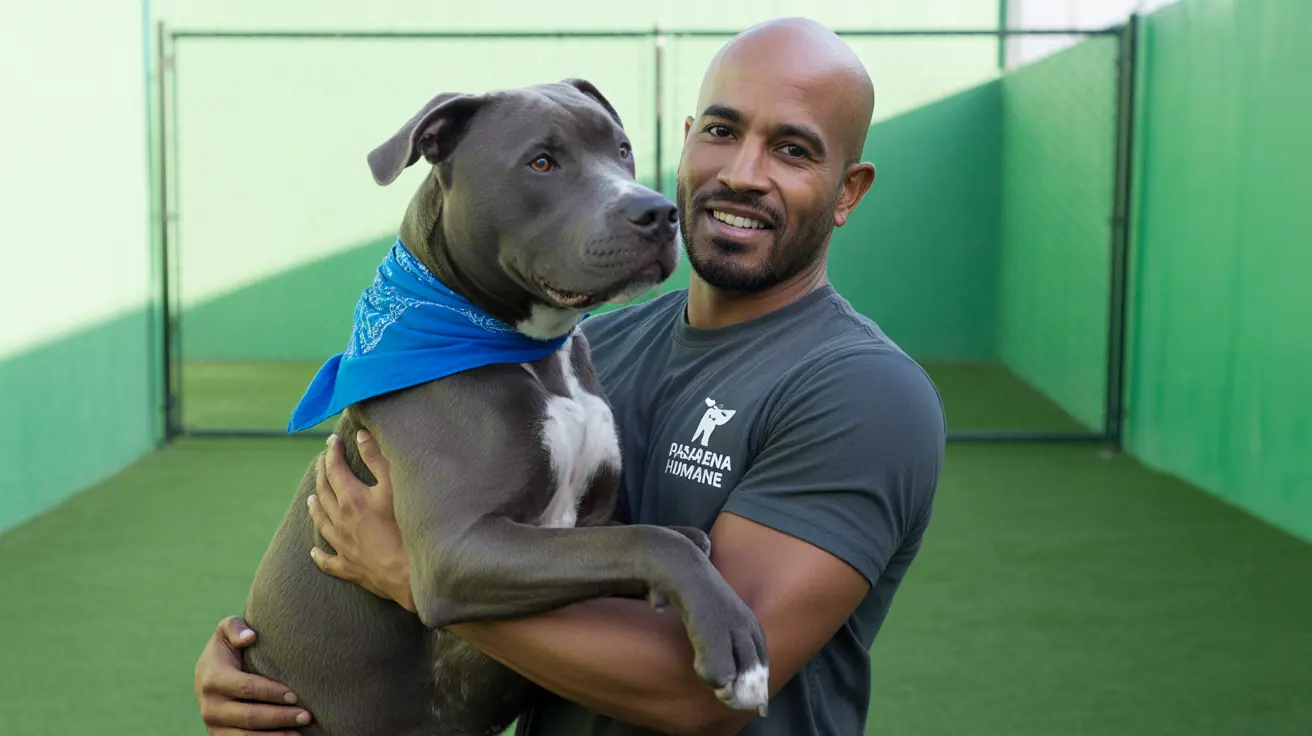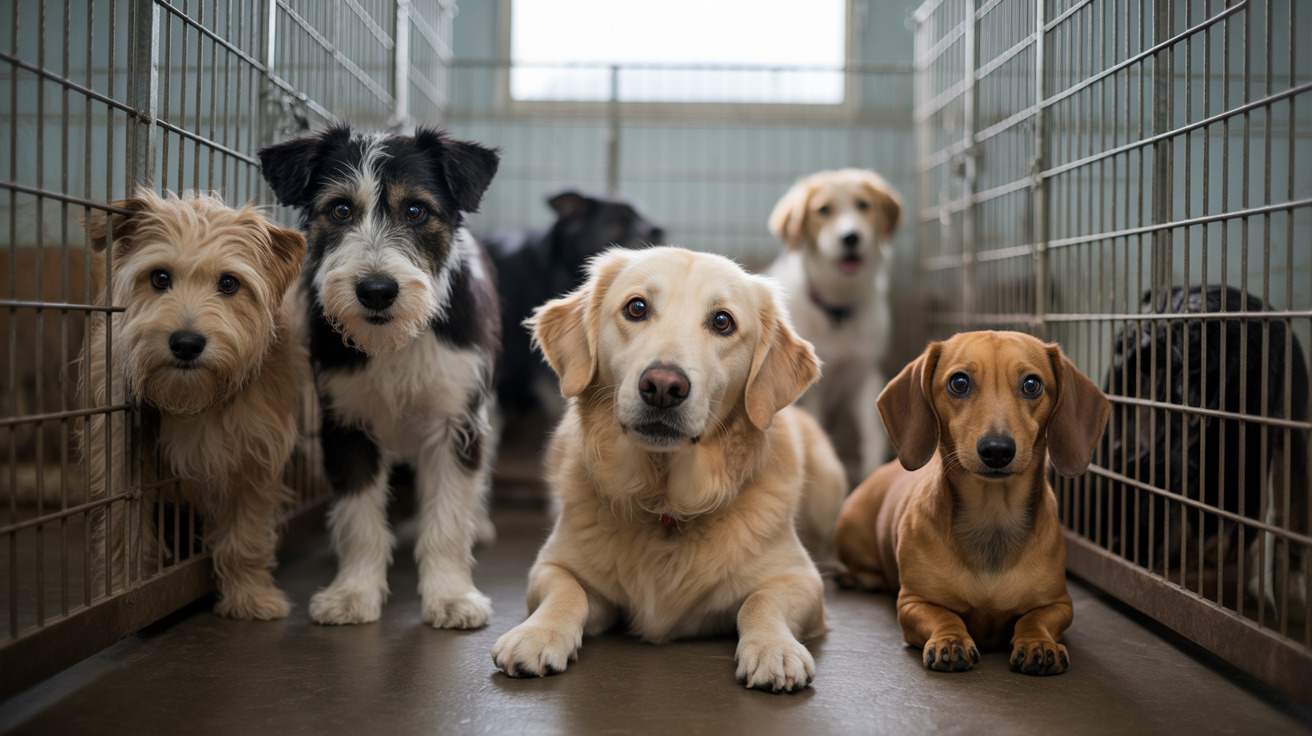How Dogs Get Infected with Leptospirosis
Leptospirosis is a serious bacterial disease that affects both animals and humans. Caused by the Leptospira bacteria, it is the most common zoonotic disease globally, posing a risk to both canines and their owners. Understanding how dogs catch leptospirosis is essential for effective prevention and protection.
What Is Leptospirosis?
Leptospirosis is an infectious disease caused by a group of spiral-shaped bacteria called Leptospira. These bacteria thrive in warm, moist environments and are commonly found in water and soil. The disease is especially prevalent in areas with high wildlife activity and frequent moisture, such as wooded parks, rural settings, and urban zones with poor drainage.
How Dogs Become Infected
Dogs become infected with leptospirosis through contact with contaminated urine, water, soil, or objects. This exposure can happen in various ways:
- Drinking or swimming in contaminated water sources like puddles, lakes, or streams.
- Walking or playing in moist soil or muddy areas where infected animals have urinated.
- Injuries or broken skin that come into contact with the Leptospira bacteria.
- Sniffing or licking objects or environments touched by contaminated urine, such as food bowls, bedding, or grass.
Even dogs that don't swim or roam freely outdoors can be at risk. Simply spending time in a backyard visited by wildlife such as rats, raccoons, opossums, squirrels, deer, or skunks can expose them to leptospirosis.
Environmental Factors and Disease Spread
The bacteria that cause leptospirosis can survive for weeks to months in the right conditions. Factors that increase the risk include:
- High rainfall and flooding, which spread the bacteria across wider areas.
- Living in or near wooded or rural areas where wildlife is common.
- Warm climates with consistent moisture, where Leptospira bacteria prosper.
Symptoms of Leptospirosis in Dogs
Symptoms typically develop around one week after exposure and may include:
- Lethargy and loss of appetite
- Vomiting and diarrhea
- Abdominal pain
- Fever
- Increased thirst and urination
- Dehydration
- Jaundice (yellowing of eyes or skin)
- Weakness and muscle pain
- Difficulty breathing
- Swelling in limbs or abdomen
Not all dogs show signs of illness. While some remain asymptomatic, others may suffer life-threatening complications such as kidney or liver failure, lung disease, or bleeding disorders. Prompt treatment is crucial to improve outcomes.
Diagnosing and Treating Leptospirosis
Veterinarians diagnose leptospirosis based on a combination of factors including:
- Conducting a thorough history and physical exam
- Performing blood and urine tests
- Using imaging tools like X-rays or ultrasounds
Treatment typically involves:
- Administering antibiotics
- Providing supportive care (like IV fluids)
- Hospitalization for severe cases
- Oxygen therapy or dialysis if needed
Vaccination and Prevention
Vaccination is the most effective way to protect your dog from leptospirosis. The current vaccines target the four most common Leptospira serogroups and are recommended for all dogs, regardless of age or environment.
The vaccination schedule includes:
- Initial two-dose series several weeks apart
- Yearly booster shots to maintain protection
Side effects from the vaccine are rare and usually mild, such as soreness or lethargy. Serious allergic reactions are very uncommon but require immediate veterinary attention.
Additional Preventive Measures
Besides vaccination, pet owners should take the following precautions:
- Avoid areas with standing water or high wildlife presence
- Keep dogs on a leash in uncontrolled environments
- Discourage contact with wildlife and rodents
- Prevent drinking from unknown outdoor water sources
Leptospirosis Is Zoonotic
Lepto is also a risk to humans who come into contact with contaminated urine or infected pet fluids. Symptoms in people can include fever, aches, and in serious cases, organ damage. Dogs diagnosed with leptospirosis should be isolated, and precautions taken when cleaning up after them, including wearing gloves and disinfecting surfaces.
Conclusion
Leptospirosis is a preventable yet potentially deadly disease. Its widespread presence in the environment makes it a threat to dogs in all types of locations—urban, suburban, and rural. The best protection involves combining vaccination with thoughtful environmental management and hygiene.





